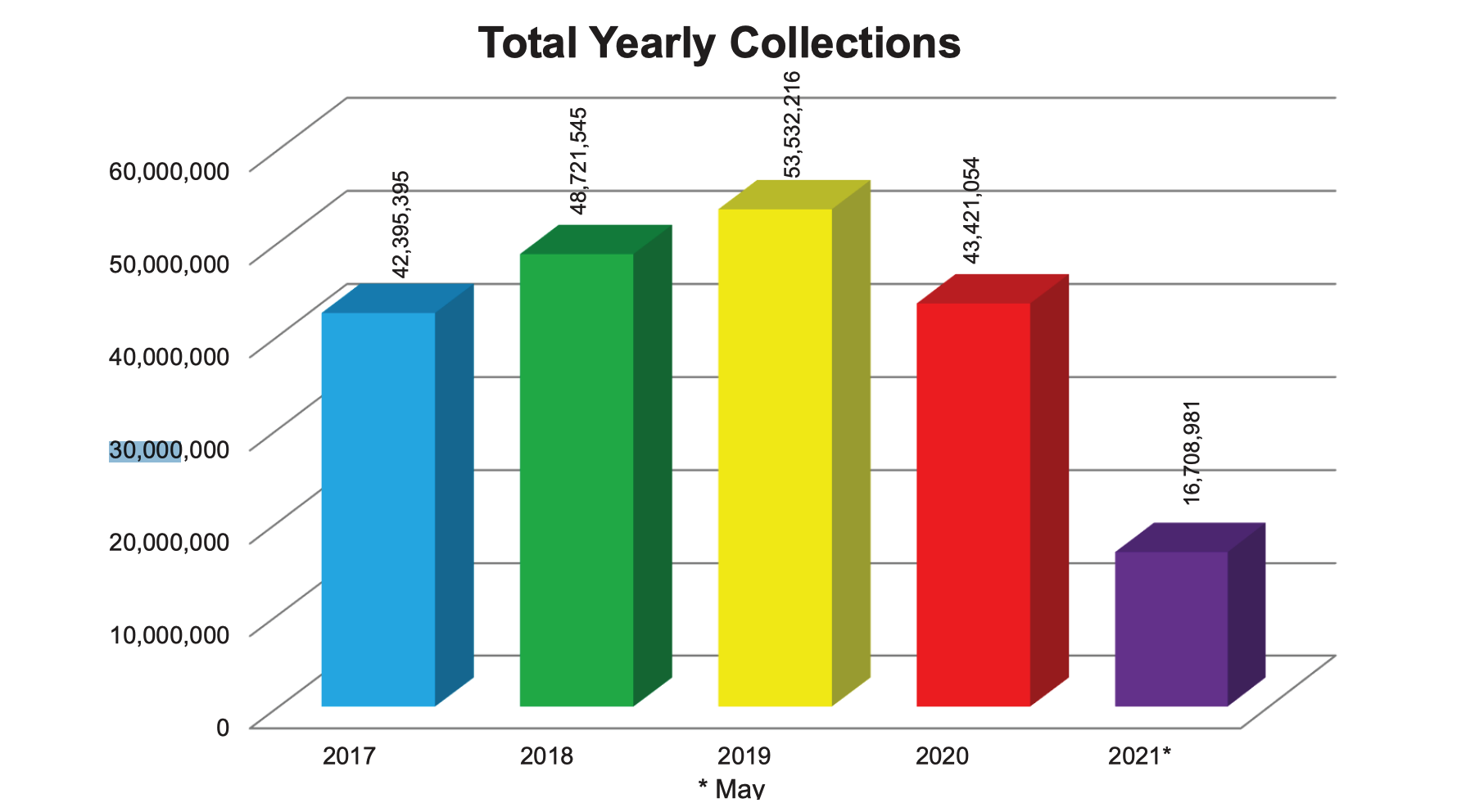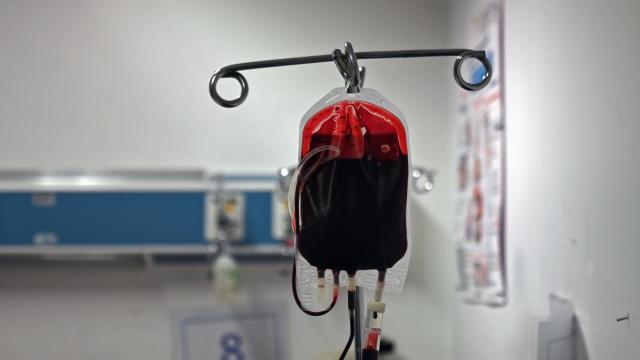In the Blade movies, rich vampires — often dressed in fancy black suits and ties — use blood banks as a kind of front to siphon blood from the poor and desperate. Apparently, reality isn’t too far off from that bleak dystopia.
Big pharma has been relying heavily on people crossing the U.S. southern border for its global blood supply, according to recent reports and court documents. Remember the Robert Rodriguez film From Dusk Till Dawn? Now imagine instead of two Americans crossing into Mexico only to get ambushed by vampires, it’s Mexicans schlepping over to the U.S. side on the promise of corporate vampires slipping them a few hundred bucks for two donations a week.
Several large pharmaceutical companies that operate blood collection near the U.S.-Mexico border were actively relying on people crossing over for somewhere between 5 to 10% of their total plasma collected nationwide, court documents show. Their operations were stymied when in June 2021, the U.S. Customs and Border Protection issued internal guidance restricting Mexican citizens from crossing the border on visas to donate blood.
ProPublica, working alongside ARD German TV, first reported Thursday that millions of litres of blood and plasma have been collected yearly from Mexicans or others who crossed over the southern U.S. border with business or tourism visas. Pharma companies claim this has led to a reduction in the global supply of blood.
A lawsuit filed by big pharma companies including Grifols and CSL Plasma, based out of Spain and Australia, respectively, hammered this point home. And theirs are not small operations either. A court filing dated January 18 said CSL had a network of 15 plasma collection centres near the southern border in Texas and Arizona, intentionally positioned where Mexican nationals are able to travel to. Grifols apparently operates 24 of those centres. Each centre reportedly has around 60 employees, and the companies are spending approximately $US2.5 ($3) million to build out each centre.
Neither Grifols nor CSL immediately responded to Gizmodo’s request for comment.
These companies wrote in the lawsuit that the June order “needlessly pulled the rug out from under the plasma industry and patients who rely on plasma-derived therapies.” Documents said there were around 30,000 Mexican nationals donating 600,000 litres of plasma to these companies annually.
An unnamed manager of one of these plasma collection centres told Politico: “People are depending on this, on both sides.”
Of course, there’s a real economic incentive for these companies to keep up the blood flow. Past reporting by ProPublica, ARD, and Searchlight New Mexico showed that big pharma was singing a siren’s song to Mexicans to get them over the border to donate blood. Close to 80% of the blood plasma in the U.S. gets exported to Europe where the blood is turned into drugs before being reimported and sold in the states.
It is illegal in Mexico to be paid for blood donations, but in the U.S., those blood donation tourists from Mexico were making up to $US400 ($555) a month by donating twice a week. Yet those who cross the border on temporary visas just to give plasma twice a week previously told ProPublica reporters they often feel adverse effects such as weakness and migraines. Those are common side effects of giving too much blood, which is why other countries try to limit how much any one individual can give. Germany, for example, limits the number of total donations to 60 a year while requiring checkups after the fifth donation.
In this latest report, ProPublica noted that these companies have previously tried to portray the southern border blood collection as relatively unimportant, yet the companies’ own evidence used in the lawsuits show that there are dozens of border blood centres stretched out over several states from Texas through California. Ever since the June order went into effect, blood collection at these centres significantly dropped.

Earlier this year, the American Red Cross was desperate for blood donations, calling it the first major blood donation shortage it’s ever had to announce. At that point, the ARC had said it was caused in part by the covid pandemic, alongside weather and staffing issues, leading to less overall donations. The Red Cross only supplies 40% of the nation’s blood from volunteer donors, according to its site.
The U.S. also has much less restrictions on blood donations compared to other countries. The U.S. Food and Drug Administration lets people donate twice a week in clinics, or 104 times a year max. The companies contend in their lawsuit that the FDA has also acknowledged how important Mexican blood is for America’s supply. They cite an unnamed official who said the pool of plasma from Mexican nationals accounted for 5% of the U.S. total. The Red Cross reported that the U.S. needs 29,000 units of red blood cells, 5,000 units of platelets and 6,500 units of plasma daily.
The FDA did not immediately respond to Gizmodo’s request for comment. We will update the story once we hear back.
Read a copy of the companies’ original complaint below:
